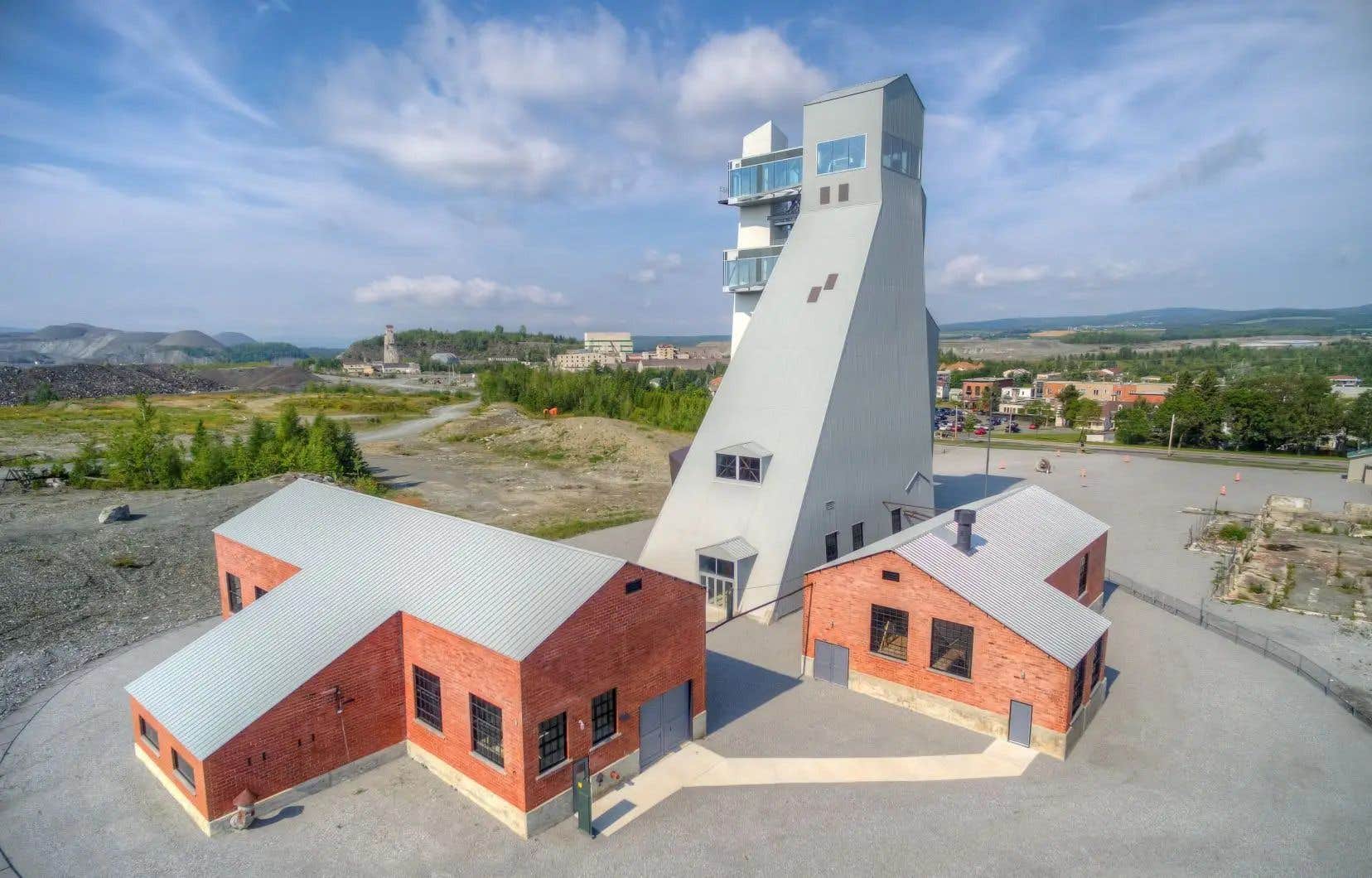This text is part of the special section Mines and natural resources
Can citizens of former mining towns reclaim former sites? This is the question underlying the study project by Heather Braiden, assistant professor in the Faculty of Planning at the School of Urban Planning and Landscape Architecture at the Université de Montréal. It studies the economic, social and ecological state of three sites, in Thetford Mines and Val-des-Sources (formerly Asbestos), in Quebec, and in Sydney, in Nova Scotia.
“It is a landscape which is not natural, but which is renaturalized and which will not disappear. And it has heritage value, because it connects residents to their past,” explains the researcher who is working on this project in collaboration with her colleague Shabnam Rahbar, from the University of Montreal, and Professor Robert France, from the University Dalhousie, with a grant from the Social Sciences and Humanities Research Council.
The researchers want to develop an analytical framework for the eco-design of the conversion and redevelopment of these huge post-industrial sites, the size of which is often measured in square kilometres.
After an observation phase, the bulk of the research work will consist of interviewing the managers and users of three specific locations: the historic center of the King|KB3 mine, in Thetford Mines, the former site of the Jeffrey mine, in Val-des-Sources, and Open Hearth Park in Sydney, built on former tar ponds, a by-product of coal mining. The latter is considered the most toxic site in Canada, but the challenges are also numerous on the other two, inherited from the exploitation of asbestos.
“We want to understand the decision-making process and the different mechanisms that guided the landscaping for the rehabilitation of the sites, but also the perceptions of park users and their satisfaction with it,” says Ms.me Braiden.
Effect on the city
The assistant professor plans to extend her project if she can obtain an additional grant over five years, because Thetford Mines and Val-des-Sources are at the very beginning of the process.
In Thetford Mines, the two largest buildings, which face each other, are the Saint-Alphonse church and the King|KB3 mine tower, transformed into a museum and interpretation centre. There is a cycle path along the old railway line which passed through a residue park and a well-known diving center in one of the quarries.
In Val-des-Sources, where the open-pit blast hole borders a neighborhood, the City has set up a park on the edge. In the summer, a dozen containers serve as a restaurant and microbrewery, and you can sit down to contemplate the view. “They have set up camping sites and there is even a zip line project. This work of reappropriation has a direct effect on the population. In Thetford, people repainted the houses at the same time as they started to create the park”, observes Heather Braiden.
But, she specifies, the current achievements are still only a prelude, in particular for what concerns the lunar landscape of the tailings park whose soil is sterile. “It’s amazing to see a process of natural revegetation in some places, but there’s still a lot to do,” says the assistant professor.
In fact, studies in this direction have not yet been completed. “For the workers, the danger is not so much the asbestos fibres, which are controlled, but the risk of landslides and rockslides,” explains the researcher. A crust has often formed on the surface, which is detached with erosion and under the effect of runoff. This complicates revegetation efforts. “ The project managers of these parks are studying various methods, some of which are very expensive,” she points out.
The postindustrial sting
A native of Pickering, Ontario, Heather Braiden arrived at the Université de Montréal in 2021 after a doctorate at McGill and a first position at Dalhousie, where she was given the task of setting up a program in landscape architecture.
It was within the framework of a research project on the development of former mining sites that the researcher fell in love with post-industrial rehabilitation. Her first visit to Open Hearth Park in Sydney thrilled her, but, she says, the exercise of developing a typology of sites was also formative.
“I reviewed over 1,300 aerial photos of sites and tailings piles. To the untrained eye, they’re all the same, but they’re actually very different, she says. Their shape is closely linked to industrial history and it differs depending on whether they were stacked by conveyor, by truck or by wagon. When the mine was in operation, everyone knew that. But one or two generations after the closure of the mine, it is knowledge that is being lost. »
This special content was produced by the Special Publications team of the Duty, relating to marketing. The drafting of Duty did not take part.
